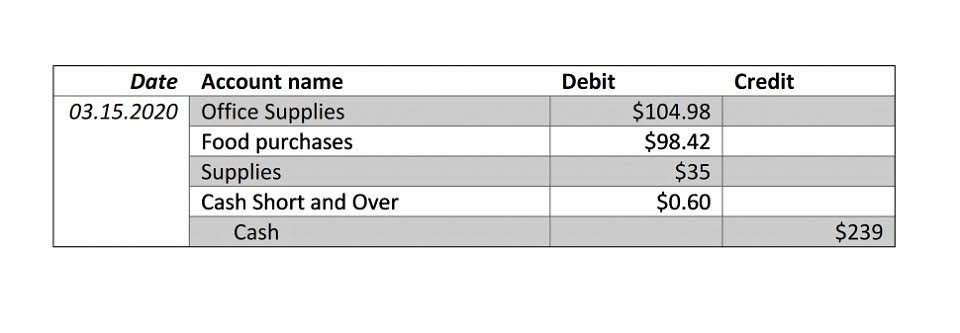
You see your team’s true capacity, and that allows you to plan with confidence. FTE numbers guide you in choosing between full-time hires, part-time help, or temporary support. Instead of hiring fte meaning on instinct, you make workforce choices based on real capacity.
What is a Struggling High School? Understanding the Challenges and Pathways to Improvement
To convert FTE to headcount, you need to know the mix of full-time and part-time employees. Since FTE is based on hours worked, while headcount is a simple count of individuals, there is no one-size-fits-all formula. Compared to FTE, headcount is a straightforward measure of all the employees, each counted as one, irrespective of their working hours. Tallying the total headcount of your workforce helps you forecast essential aspects of business success.
Method 1: Simple FTE Calculation
Additionally, there are a lot of benefits of using time tracking software like project time tracking. You can also track project profit and loss which is very essential for the stability of an organization. Understanding FTE is like having a magic wand for managing your workforce in business and HR.

FTE Meaning

FTE also plays a role in making informed decisions about promotions, dismissals and training programs. The Full Time Equivalent (FTE) represents a unit of measurement standardized to equal the number of hours worked by the typical full-time employee. The ratio of full-time to part-time employees impacts company culture, engagement, and retention. Full-timers often identify more closely with company mission and values.

How do you calculate an FTE?

Also, the ACA requires employers with 50 more FTEs (the 30-hour FTEs) to provide healthcare benefits in line with ACA standards. The final step is to add your full-time FTEs (all employees who work full-time schedules) to your part-time FTE. Therefore, any employee working fewer hours than what you define as full-time will be a part-time employee. Listing every employee on a separate line is essential, as you don’t want to combine the hours. To keep things organized, create columns for the number of full-time, part-time, and seasonal employees.
There are a wealth of situations in which knowing the meaning of FTE and how to calculate it can be quite useful. Understanding your FTE is crucial for effective workforce planning, budgeting and legal compliance. Suppose a company currently has gym bookkeeping 50 full-time employees on its payroll, along with 10 part-time employees. FTE, an abbreviation for “full time equivalent”, counts the approximate number of full-time employees employed by a specific company, but with the inclusion of part-time employees. In practice, FTE is measured by companies to estimate the number of full-time employees employed within a specific time frame.
- Ten part-time workers might equal only five FTEs, depending on their hours.
- In this guide, we’ll explain what FTE is and why it matters—especially for distributed teams working across borders.
- Yearly FTE divides total hours by standard yearly hours (e.g., 2,080 hours).
- The part-timers would represent 40 hours (4 × 10), giving a total of 1.0 FTE.
Full Time Equivalent (FTE) Explained
- This list will make the rest of the steps much more manageable, so outline it carefully.
- By regularly reviewing FTE calculations, HR managers can ensure that staffing levels align with company goals and legal obligations.
- However, many companies have recently experimented with 4-day workweeks, where employees work only 32 hours weekly.
- So, while Company B’s workforce is 55 individuals (40 full-time and 15 part-time) it only has the equivalent of 47.5 full-time employees each month.
- Typically, companies consider 40 hours per week as full time and full-time employees have a FTE of 1.0.
- If you go beyond the basic calculations, you sometimes end up in more complex situations.
- To calculate FTE in Excel, list your employee names and number of weekly hours in 2 separate columns.
Remember to deduct any allotted holidays, vacation and sick days from the total number of hours working in a year. For our examples, we are allotting four weeks total time off a year, bringing the number of working weeks down from 52 to 48. Now, most FTE calculations are going to be made with more than one worker. Let’s start by using weekly hours in order to get a feel for how FTE calculations work. It’s a representation of the percentage of the full-time period that an employee works.
- The increasingly common flexible work arrangements—including compressed workweeks and results-only work environments—also strain traditional time-based FTE models.
- Marija Kojic is a productivity writer who’s always researching about various productivity techniques and time management tips in order to find the best ones to write about.
- As for the calculation method #2, enter the number of full-time employees again, and just the number of part-time employees to calculate the FTE.
- FTE is essential for budgeting, forecasting, compliance, and workforce planning.
- From the list of our employees, 40 hours per week is the maximum number of hours we assign to staff, so anything below 40 hours is considered part-time.
On the other hand, employee Janet works 1.25 times the amount of a full-time employee and may receive a higher salary than 1.0 employee. The FTE definition refers to the number of hours of work of a full-time employee. That means that your adjusting entries three part-time workers are equivalent to a little more than one and a half full-time workers. To make the process clearer, here are some examples of FTE calculations. In both cases, FTE is an important metric for resource allocation, funding, and staffing decisions.